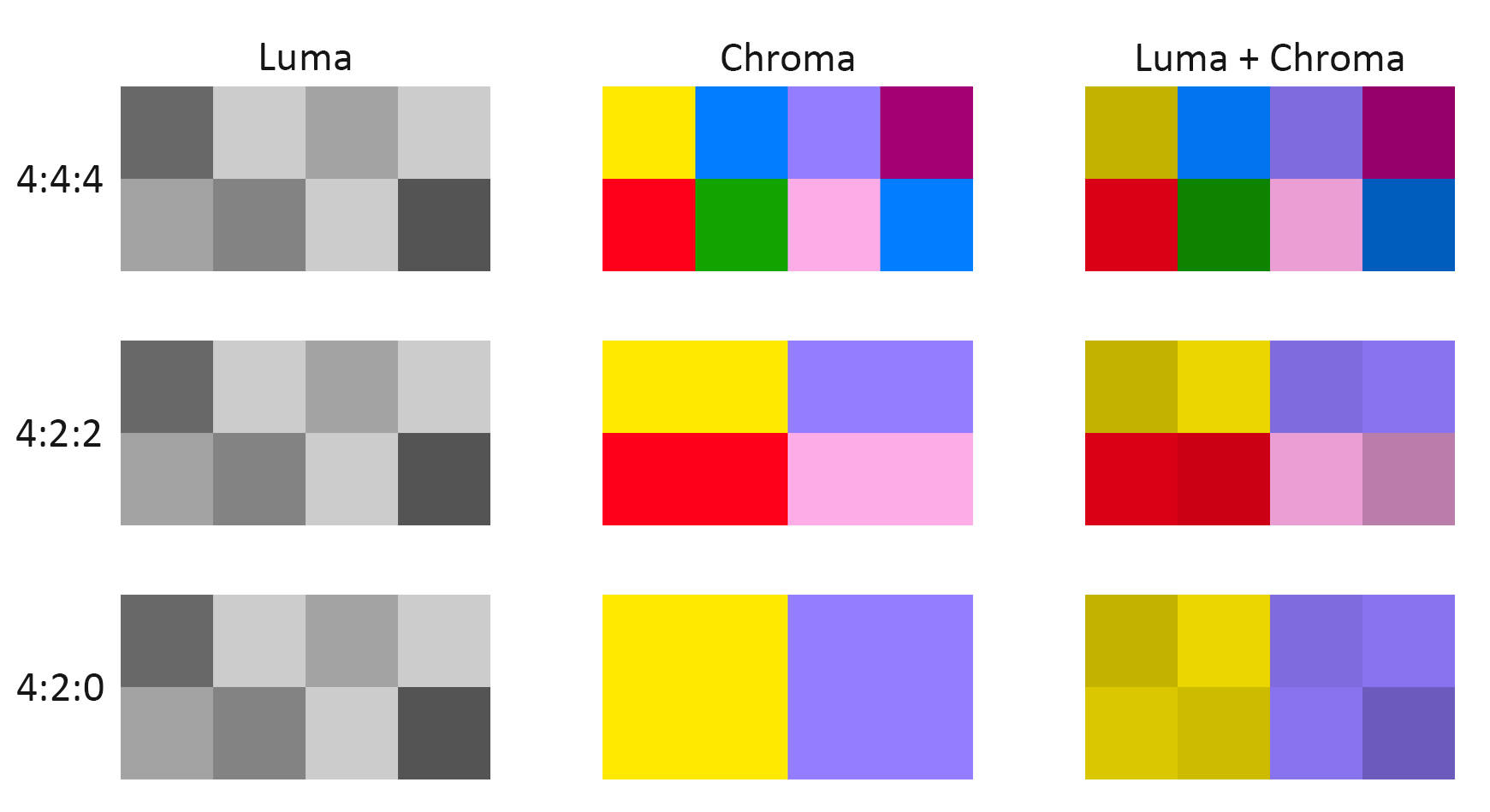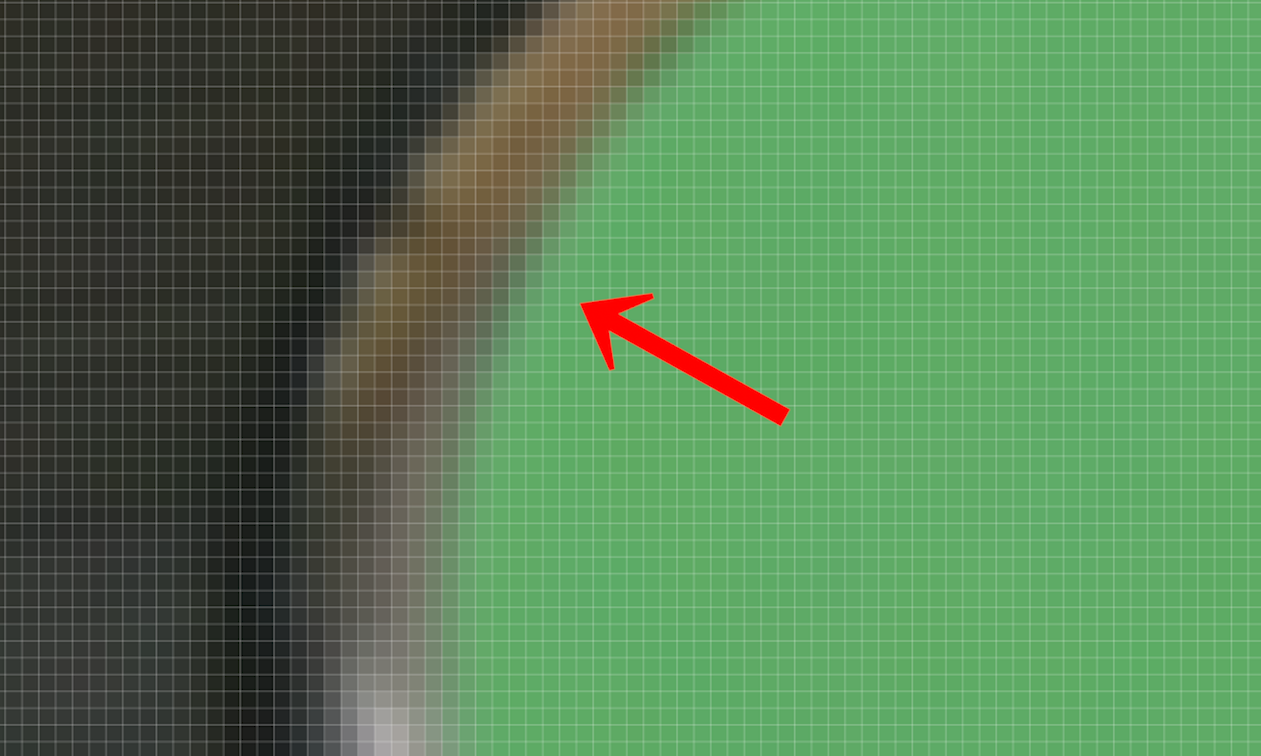"Chroma Subsampling" is a term familiar to many photography enthusiasts and a regular guest in the pro AV industry. We often encounter the notation "Chroma Subsampling 4:4:4," but what do these numbers signify?
In the process of video encoding, the primary objective is compression, and Chroma Subsampling (also known as Chroma Sampling or Chroma Subsample) is one such compression method.
When we view a color image (or video), the information our eyes capture can be broadly classified into chroma (hue/saturation) and luma (brightness). Chroma can be understood as color information, while luma represents brightness.

Now, if we reduce the chroma information in an image until it turns black and white, you'll notice that our eyes can still discern the content of the image. However, if we reduce the luma information, the result is an unrecognizable, completely black image.

Since the human visual system is significantly more sensitive to luma than chroma, is there a way to separate luma and chroma and achieve compression by slightly reducing chroma? The answer is Chroma Subsampling.
Chroma Subsampling divides an image into Y and CbCr (or YUV), where "Y" represents luma (brightness), and "Cb" and "Cr" represent blue and red color information (chroma).

Understanding Chroma Subsampling is straightforward. In the 4:4:4 notation mentioned earlier, the first number represents luma, and the last two numbers represent chroma. Sampling involves selecting four pixels.

4:4:4 means that the luma and chroma values for all four pixels are captured intact, without any reduction. Common alternatives include 4:2:2, where half of the chroma information is sampled for the first and second lines, and 4:2:0, which follows a similar pattern.

Lost color values are estimated using neighboring colors to create a transition, resulting in blurred edges between colors after Chroma Subsampling, despite achieving compression.

esting Chroma Subsampling is simple. By observing an image like this for blurred lines and text, one can assess the effect. (Image from RTINGS.com)

While many videos we watch today do not utilize 4:4:4, the visual impact is minimal. However, in scenarios involving green screen keying, large-screen playback, or high demands for color accuracy, 4:4:4 offers significant advantages.

















